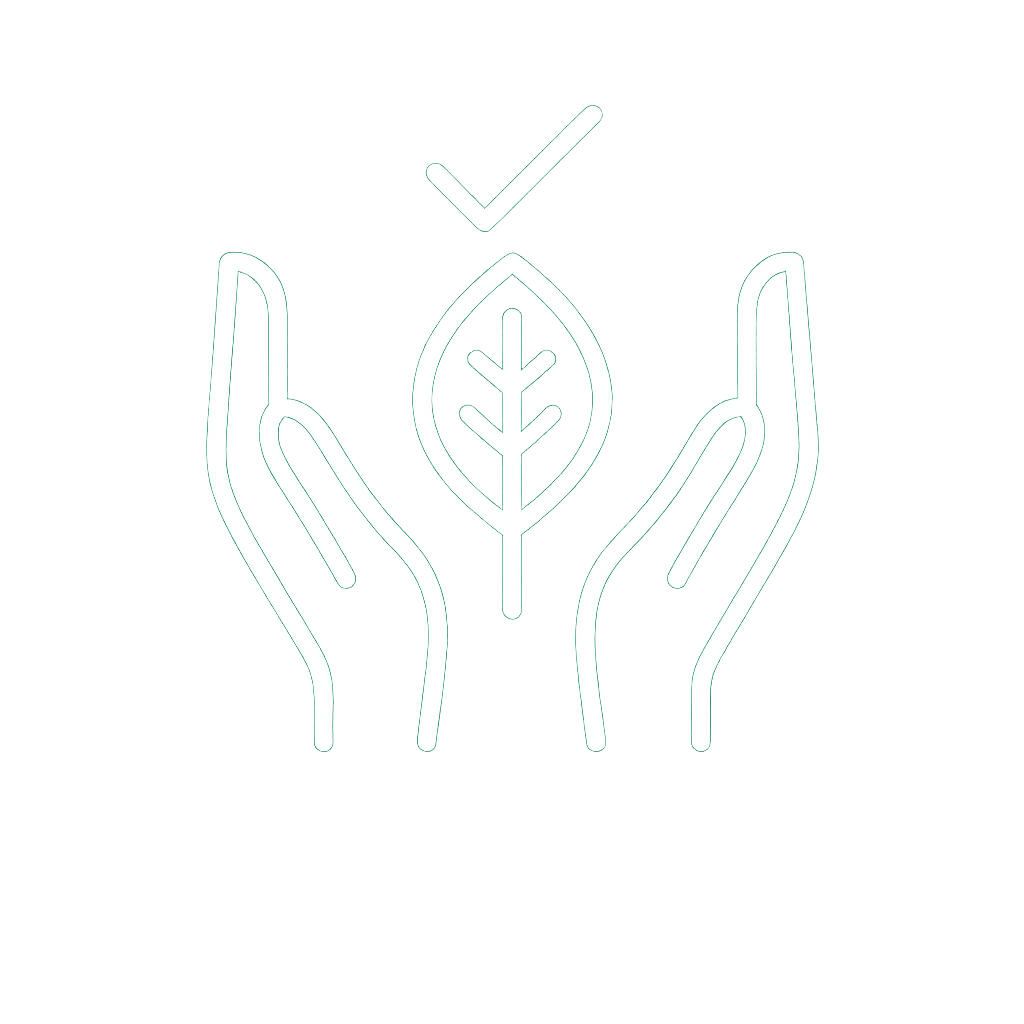A Story - Pattachitra Painting
Pattachitra, one of India's most exquisite and enduring art forms, originated more than a millennium ago in the culturally vibrant eastern state of Odisha. Derived from two Sanskrit words, 'Patta' meaning 'cloth' and 'Chitra' meaning 'picture,' Pattachitra traditionally encompasses intricate paintings crafted on cloth, palm leaves, or dried canvas using natural pigments and handcrafted brushes.
Pattachitra is far more than decorative art—it is an expressive storytelling medium. Each painting vividly illustrates narratives from renowned Hindu epics like the Ramayana, Mahabharata, Krishna Leela, and themes surrounding Lord Jagannath. These artworks function as visual hymns, meticulously passed down through generations by skilled hereditary artists known as "Chitrakars."
Origin & Legacy: A Blend of Devotion and Artistry
The spiritual heartland of Puri in Odisha serves as the birthplace and nurturing ground for Pattachitra. Deeply intertwined with the temple rituals dedicated to Lord Jagannath, these artworks have significant ceremonial roles. Notably, during the revered Rath Yatra festival, when the temple idols undergo ritual bathing, Pattachitra paintings temporarily become symbolic representations of the deities.
The picturesque village of Raghurajpur, near Puri, epitomizes the cultural heritage of Pattachitra, nurturing entire communities of Chitrakars. Here, children learn the art form from elders, ensuring the continuity of this tradition. Every creation by these artists embodies profound devotion, meticulous discipline, and a rich legacy of cultural heritage.
The Creation: An Artisanal, Sacred Journey
Pattachitra artwork is meticulously handmade using purely traditional methods and natural materials. The process, meditative yet labor-intensive, encompasses several distinct stages:
1. Canvas Preparation
The canvas begins as layers of cotton cloth bonded together using a natural gum derived from tamarind seeds combined with chalk powder. It is then carefully polished with smooth stones, producing a parchment-like, firm surface.
2. Preparation of Natural Colours
Artists create vibrant pigments exclusively from natural sources:
a) Powdered conch shells
b) Hingula (cinnabar mineral)
c) Haritala (arsenic sulphide)
d) Soot from lamp wicks or burnt coconut shells
e) Extracted from indigo plants and various leaves
These pigments, mixed with natural gum and water, ensure lasting brightness and resilience.
3. Drawing & Line Work
Initial outlines are sketched using handcrafted brushes made from the fibers of the Keya plant (screw pine). This intricate linework, precise and symmetrical, highlights the artist’s exceptional skill and concentration.
4. Colouring & Ornamentation
The outlined figures are filled meticulously with flat colours, followed by elaborate ornamentation featuring floral and geometric designs. Strong outlines and the absence of perspective create the distinctively vibrant style of Pattachitra paintings.
5. Finishing Touches
After thorough drying, artists apply a thin coating of natural lacquer or resin, providing protection and adding a subtle sheen. Depending on complexity and size, each piece requires anywhere from 20 to over 200 hours of dedicated craftsmanship.
Symbolism & Themes
Pattachitra paintings are steeped in spiritual symbolism, capturing themes such as:
a) Depictions of Lord Vishnu's ten incarnations
b) Joyful episodes from Lord Krishna's life
c) Scenes from Lord Rama’s epic journey and battles
d) Symbolic narratives centered on divine familial bonds
e) Panchamukhi Hanuman, Radha-Krishna, and Kamadhenu
Intricately decorated borders featuring lotus blossoms, creepers, and concentric patterns often hold protective and auspicious symbolism.
Variations of Pattachitra
Taalapatra proudly showcases diverse interpretations of this timeless art form:
a) Hand-painted on cotton canvas, available framed or in traditional scroll form.
b) Detailed etchings on dried palm leaves, filled with lamp soot, occasionally folded as manuscripts.
c) A unique fusion pioneered by Taalapatra, combining carved wooden panels with painted Pattachitra themes, merging painting and sculptural elements.
Why Choose Taalapatra’s Pattachitra?
a) 100% handmade through traditional, time-honored methods
b) Crafted with natural, eco-friendly, and non-toxic materials
c) Supports sustainable artisan livelihoods and preserves cultural heritage
d) Ethically sourced directly from authentic artisan communities
e) Each piece is genuinely unique—no two artworks are identical
Display & Styling Recommendations
a) Frame paintings under glass for an elegant, gallery-like presentation
b) Complement with brass or terracotta décor for an authentic, earthy ambience
c) Display as striking standalone centrepieces or as part of storytelling gallery walls
d) Palm leaf scrolls can elegantly adorn console tables or study spaces
Care & Preservation Tips
a) Protect artworks from moisture and prolonged exposure to direct sunlight
b) Opt for framing with UV-resistant glass to maintain colours and longevity
c) Dust gently and regularly using a soft, dry cloth
d) Store palm leaf scrolls flat and in dry environments
e) Avoid the use of chemical cleaning agents or sprays
Explore our exclusive Pattachitra Collection and bring home a legacy of heritage and artistry.


















